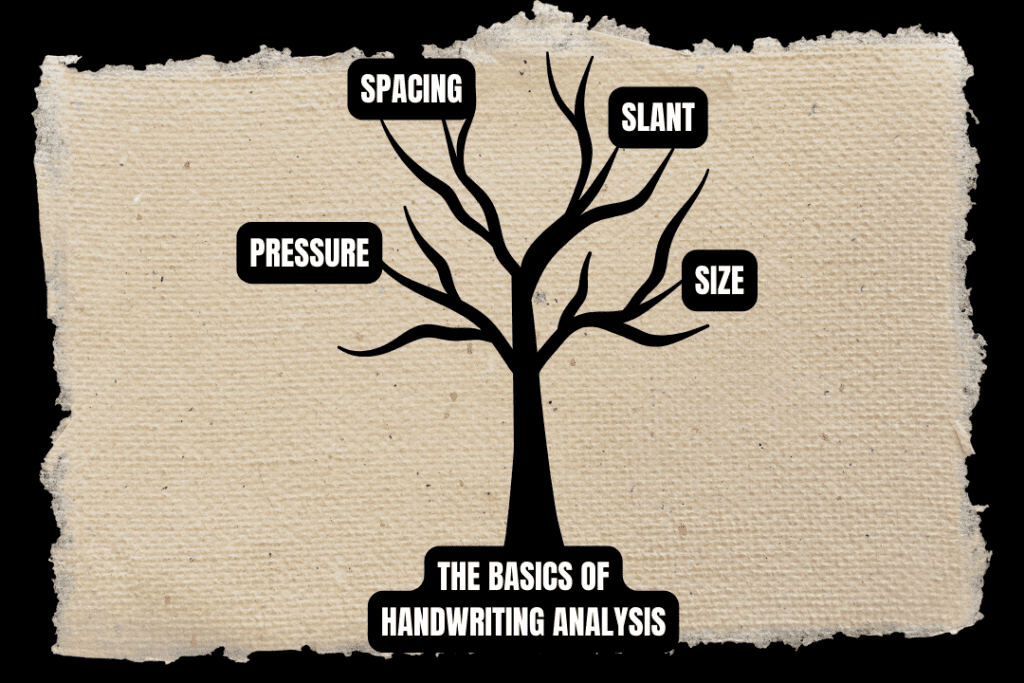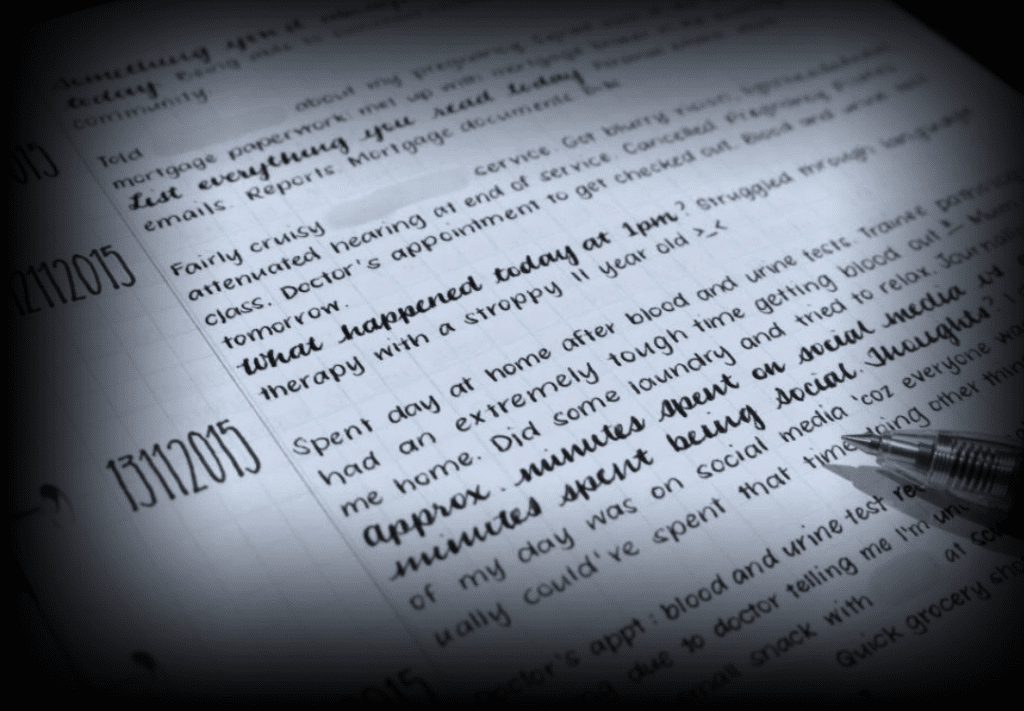Graphology another name for handwriting analysis, is an intriguing field that explores the complex connection between a persons psychological qualities and handwriting. It makes the claim that a great deal about our personalities, feelings, and even mental health may be gleaned from the things we write. these are a few fascinating details and viewpoints from the field of handwriting analysis.
Introductory
The study of handwriting analysis, sometimes referred to as graphology, examines the relationship between personality traits and handwriting.
Proponents contend that despite skepticism, it is useful in understanding subconscious attitudes and actions.

IMAGE : Frenchman Jean-Hippolyte Michon
Historical Roots of Graphology
Graphology originated when Italian physician Camillo Baldi proposed personality qualities may be revealed through handwriting analysis in the 17th century. The theory was made popular in the 19th century by the Frenchman Jean-Hippolyte Michon, who established the term “graphology“. Graphology became popular in the early 20th century, influenced by Freudian psychology. Practitioners maintain that it can provide character insights, but there is no empirical support for it, hence it continues to exist as a pseudoscience. Unfortunately, due to a lack of reliable validation, its reliability is still debatable in scientific circles.

Image : The Basics of handwriting Analysis
The Basics of Handwriting Analysis
Characteristics of handwriting, like pressure, size, slant, and spacing, might provide information about personality.
- Point size is the general size of the penmanship. Small handwriting could be an indication of introversion or a focus on detail, whilst large handwriting could be an indication of extroversion and a need for attention.
- Slant refers to the formation angle of letters. In contrast, a leftward tilt may indicate contemplation. A rightward slant may indicate friendliness and openness. A vertical slant could be a sign of equilibrium or realism.
- Writing pressure is the force used in the writing process. Light pressure could represent sensitivity or a kind nature, while heavy pressure could suggest strong emotions, determination, or passion.
- Word and letter spacing is referred to as spacing. While wide spacing may represent a need for independence or a more laid-back style, narrow spacing may show a preference for intimacy or efficiency. Additional insights are provided by letter forms and linkages. Angled letters could indicate aggressiveness or analytical thinking, while rounded letters might indicate creativity or emotional warmth. The ease of expression of emotions or the ease of communication may be shown by the fluidity of links between letters.
- Although handwriting can provide suggestive indications about personality, it is important to evaluate these features cautiously because handwriting varies depending on individual variability and cultural variables. In the psychology world, there is ongoing discussion on the scientific validity of handwriting analysis.

IMAGE : Showcasing how handwriting is related to stress & menta health.
The Role of Handwriting in Stress and Health
An individual’s handwriting can provide valuable insights into their stress levels and general wellness by acting as a window into their current mental and emotional condition. Variations in the size, slant, pressure, and spacing of handwriting can be indicative of changes in psychological health.
For instance, irregular strokes and increased pressure could be signs of elevated stress or emotional strain. On the other side, extremely precise and controlled handwriting could indicate an effort to keep calm or hide feelings of anxiety. Changes in the size and spacing of letters can be an indication of mood and energy levels; smaller, more condensed writing may convey emotions of worry or sadness, whereas larger, more expansive writing may convey confidence or emotional stability.
Furthermore, emotional control and cognitive functioning may have an impact on handwriting fluency and consistency. Inability to make legible letters or maintain a steady hand could be an indication of cognitive overload or poor attention, which can be linked to stress or mental exhaustion.
Overall, reading handwriting patterns can provide important details about a person’s present mental and emotional condition. These insights can then be used to guide appropriate interventions and support techniques for stress management and well being promotion.
Handwriting Analysis in the Professional World
In the workplace, handwriting analysis is occasionally utilized to evaluate candidates or assess team dynamics. It may be used by employers to evaluate candidates’ communication preferences, personality qualities, and fit with the company’s culture. It isn’t generally regarded as a rigorous assessment instrument, and opinions on its validity and reliability are divided. It can also be used, though with varying degrees of success, by professionals for dispute mediation and team-building activities. Overall, even though handwriting analysis can provide valuable insights, in professional settings it is usually regarded as an adjunctive tool rather than a final means of assessment.

IMAGE : Showcasing how graphology used in criminal profiling.
Famous Graphology Cases
In one well-known instance, Hitler’s penchant for violence was hinted at by graphologist Ludwig Klages through an analysis of his handwriting. Graphologists have examined the mysterious letters of the Zodiac Killer to identify possible characteristics. Despite having no scientific backing, these cases demonstrate the contentious application of graphology in criminal profiling and investigations.

Image : Graphology Today & Future
Graphology Today and Its Future
In contemporary psychology, graphology is still largely rejected as a pseudoscience and is still problematic. As research in psychology and technology shifts toward more trustworthy evaluation techniques, its future is unclear. Even while it might endure in specialized fields, scientific circles are probably going to continue to doubt its veracity.
Conclusion
Ultimately, despite historical and current interest, graphology remains a pseudoscience. Its validity is called into question by its subjectivity and dearth of factual support. Although it might provide valuable insights in specific situations, its applicability as a rigorous evaluation instrument is still debatable, as scientific communities tend to be skeptical about it.








0 Comments